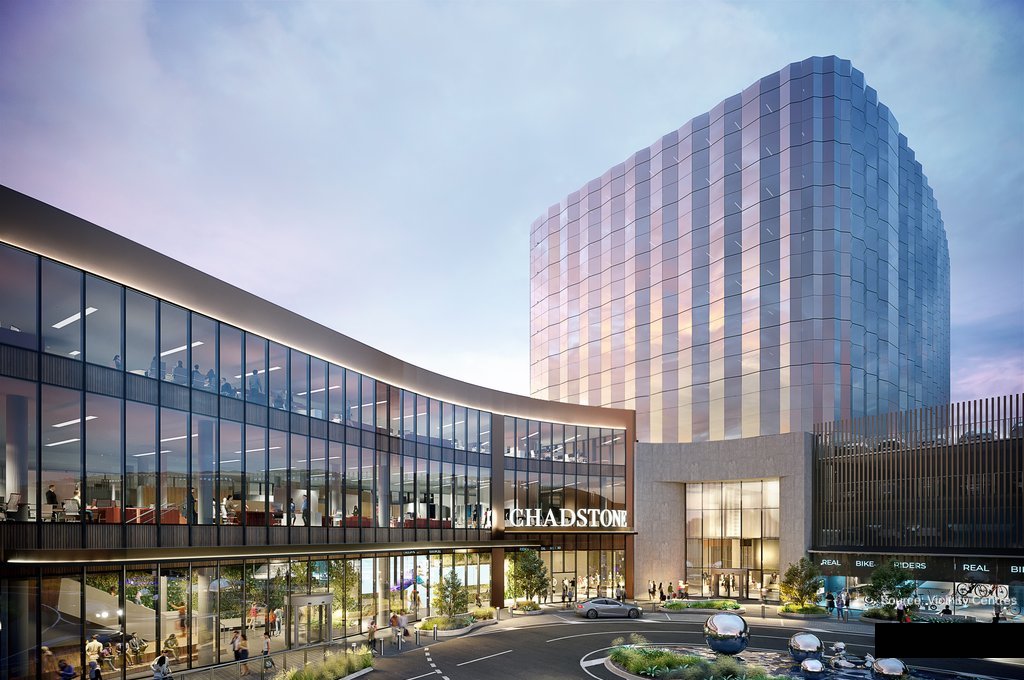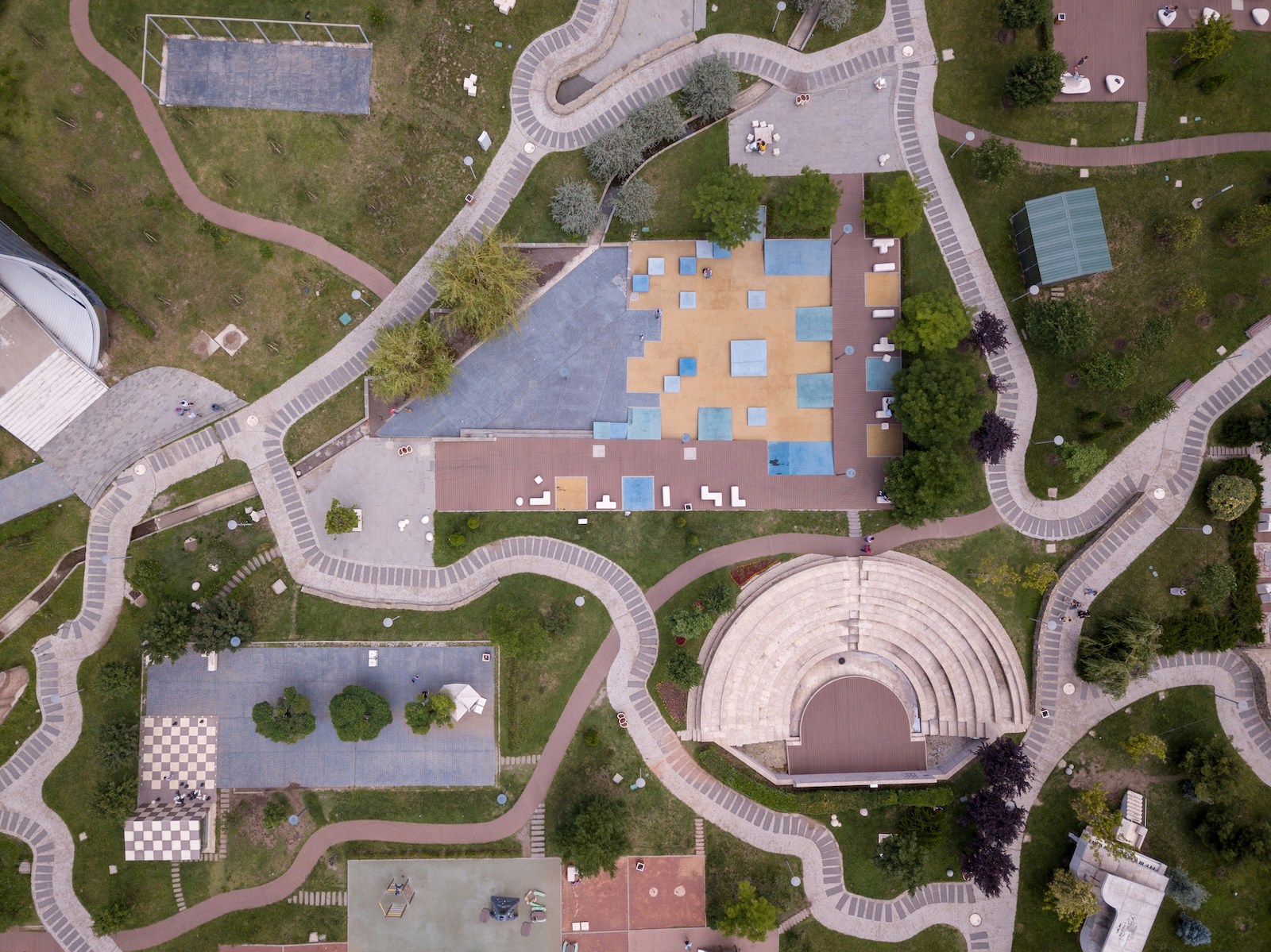State of the States: A comparison of demographic trends

How Australia’s states are growing, ageing, and reshaping themselves
The 28th of August 2025 was a key date for Australia. Sure the Senate made headlines by locking in penalty rates. But far more importantly for data nerds like us, the ABS dropped its annual “Regional population by age and sex” analysis covering 2024. Hidden within the data is a fascinating story about how Australia’s states are growing, ageing, and reshaping themselves.
Growth: Biggest isn’t always fastest
Over the decade to 2024, Australia grew by 3.7 million new residents. That's a hefty 19% population increase, mostly through overseas migration. Even more striking was an increase of 1.9 million people post-2019 despite the COVID-related border closures. By 2024, over 27 million people called Australia home.
Since 2014, NSW and Victoria have received the most growth in absolute terms. This is understandable given they account for 31% and 26% of Australia’s total population respectively. But in percentage terms their growth rate has slowed (Figure 1). Since 2019, growth has accelerated fastest in smaller states. WA notched up 11.5% growth, while Queensland registered a solid 9.7% over the 2019-2024 period, well above Victoria (6.8%) and NSW (5.4%).
Figure 1: Australian State population growth (2014-24)
.png)
Queensland, in particular, has grown rapidly, welcoming nearly 495,000 new residents since 2019, more than any other state. That equates to squeezing an extra Canberra into the Sunshine State in just five years. Meanwhile, Tasmania and the ACT kept growing at a steady clip. While the Northern Territory remained relatively flat, holding steady at around 255,000 people - roughly the size of Geelong.
Urbanisation: Cities dominate but their draw is diminishing
Australia is becoming more concentrated in its state capitals. The proportion of urban dwellers in all capitals ticked up over the last decade except for Melbourne which stayed flat. Perth urbanised the most, with the proportion of state residents living there rising to 80%. Perth is the most capital-concentrated state in Australia, followed by Adelaide (78%) and Melbourne (77%).
Whilst the rate of growth in Sydney and Melbourne outpaces their regional hinterlands since 2014. The disparity has slowed dramatically. In NSW and Victoria, the gap between capital city and regional growth rates shrank significantly. From 4.0 to 0.6 percentage points in Melbourne/Regional Victoria between 2014-19 and 2019-24. And 4.0 to 1.0 percentage points in Sydney/Regional NSW over the same period (figure 2).
Figure 2: Population growth rate, Cities v Regions NSW & VIC (2014-24)
.png)
ABS data indicates that Sydney and Melbourne are losing residents to their regional hinterlands. It also shows residents moving to other states through internal migration. With national population growth also increasing from international migration. The lifestyle appeal of regional locations is growing.
Growing older… at different rates
Australia is ageing, but unevenly. Nationally, the average age ticked up from 37.3 years in 2014 to 38.3 years in 2024. Among the eastern capitals, Brisbane remains the youngest (36.4 years), but it also aged the fastest - up 1.3 years in a decade. Melbourne (36.6 years) and Sydney (36.8 years) barely moved, adding half a year each.
This reflects Brisbane’s success in attracting new intra-state and international migrants drawn by its strong lifestyle appeal. Brisbane is slowly altering its demographic profile to match larger capitals. The same is true of Perth where the average age has risen by 2.1 years in the decade to reach 37.5 years in 2024.
Demographics is Density: Transformation in action
Demographics is a transformational megatrend but one that is difficult to grasp on a year-to-year basis given its slow pace of change. Over the last decade though, the shifts are evident. NSW and Victoria remain population heavyweights but their dominance is starting to weaken. The momentum now sits with Queensland, Perth, and regional Australia.
If these trends continue, we could see a very different Australia in another decade or two. Think a bigger Brisbane and busier Perth, and stronger regional locations. All increasingly making a compelling alternative to Sydney and Melbourne. In all, cities will be denser, populations older, and migration will keep shaping national trends over the long-term.
Related posts
Dive deeper into insights that matter to you.

The next flex office wave

Retail on the Rise: Australia’s shopping centre revival

Green leases and ESG: How Australian real estate shapes up against other major countries

Part 1: Why Community Infrastructure Matters
Make smarter decisions
Get in touch with the Team to get an understanding of how we transform data into insightful decisions. Learn more about how Atlas Economics can help you make the right decisions and create impact using our expertise.
